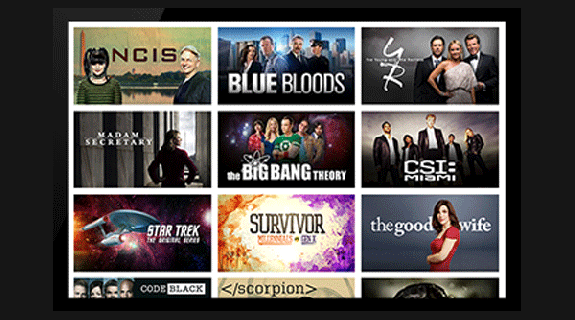The whole notion of 30 and 60-minute blocks of programming is disappearing.
As those constraints that previously defined television are lifted, it’s forcing television providers across the board to rethink content, and reinvent advertising models in ways that integrate seamlessly into the user experience.
In terms of what that actually looks like, panelists at the Digital Entertainment World conference session, “The Future of Television,” agreed that the path ahead will be a hybrid of free and subscription services existing side by side.
“They’re both going to exist,” said David Goffin, founder and CEO of The Content Works Studios.
It’s no secret that over-the-top (OTT) audiences, along with cord-cutters, continue to grow each year.
Adam Ostrow, chief digital officer at Tegna, agreed that while the overall ad pie may shrink as consumers move from cable to OTT, “it’s not gonna go to zero.”
“I think you’re always going to have advertising in content,” added Karina Kogan, senior vice president of digital media and products for TBS and TNT.
The challenge, therefore, comes down to content producers knowing which models they’re creating content for.
“To me a subscription model is [like] a movie,” Goffin said. “You’re telling a story within a movie structure because there are no ad breaks.”
Meanwhile, live content such as sports or award shows are ideal for breaking up the programming with commercials.
In fact, the entire realm of live TV offers a ton of potential.
“There’s not much going on outside of sports and news, so it’s an interesting place to play in,” said Goffin.
It’s also a field untapped by major original content producers such as Netflix, with the company admitting it’s not the right platform for live events such as the Olympics, when people want to watch in real time, said Lois Vossen, executive producer of PBS’ Independent Lens by ITVS.
That ability for the consumer to pick and choose when and when to watch is essential to the next five years of television, said Rob Gelick, executive vice president and general manager of CBS Entertainment Digital, which includes the company’s subscription service CBS All Access.
Skinny bundles, he said, will be a defining factor of the next five years as viewers are able to pick, a la carte, the specific shows and networks for which they want to pay.
“I think that trend is not going away,” Gelick said. While some people may not want to bother with the manual setup, and will sign up for an “all you can eat” service, many others will enjoy being able to customize their content for a wide variety of programming options that go beyond one or two subscription services.
As Vosen put it, “even the diehard HBO fan wants something besides HBO.”
Meanwhile, docuseries will continue to grow as a genre, along with the desire for more localized content appealing to individual communities, she said.
Technology, of course, also will have an undeniable impact on the future of television. Goffin used the adage “follow the money” and said his attention is on the technology companies themselves.
When it comes to Apple, for instance, “it’s not clear to me where they’re going to enter this world,” but the company has the potential to establish more of a studio model, providing contracts to writers and producers in a way that could change the typical Hollywood way of show development, he said.
Mobile is also driving a major behavior shift in consumers, said Josh Yguado, founder, president and COO of Jam City, as the conference got underway. About 66 percent of the world has a smartphone—which is more than the number of people globally who have toothbrushes—and it’s just the beginning of a fundamental change in how we consume entertainment, Yguado said.
Netflix may be increasing its investment in original content to nearly $8 billion in 2018—up from $6 billion in 2017—but at the end of the day it’s still creating programming that exists in the same medium.
What will really drive change down the line is how content is leveraged socially in a way that organically integrates into the fabric of our society, while at the same time giving people a sense of progression and accomplishment, Yguado said.
This sense of engagement, this creation of an interactive experience, represents the core of what’s in store for television, as well as gaming, film and video.
I think it’s the beginning,” Yguado said, “of where entertainment is going as a whole.”
Tags:













































__twocolumncontent.jpg)











